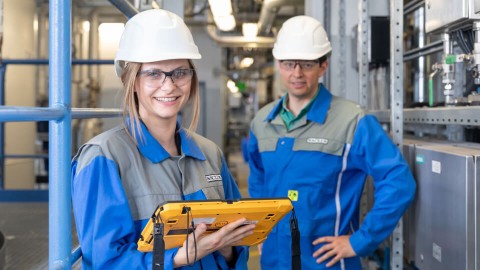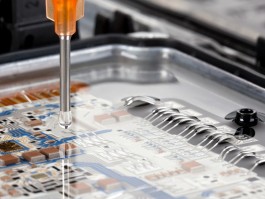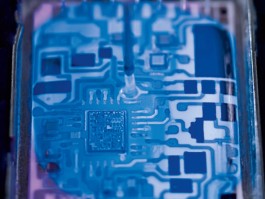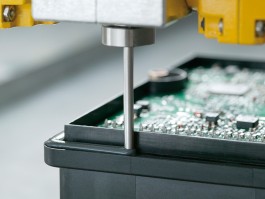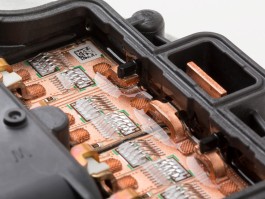Electronics
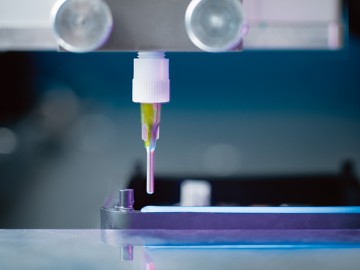
Room-temperature vulcanizing silicone elastomers from WACKER reliably protect against external influences, which ensures the functional safety of electrical and electronic components. As one of the world’s leading silicone manufacturers with many years of experience, WACKER is a competent partner of the industry and offers tailor-made solutions for potting, bonding, sealing and coating.

